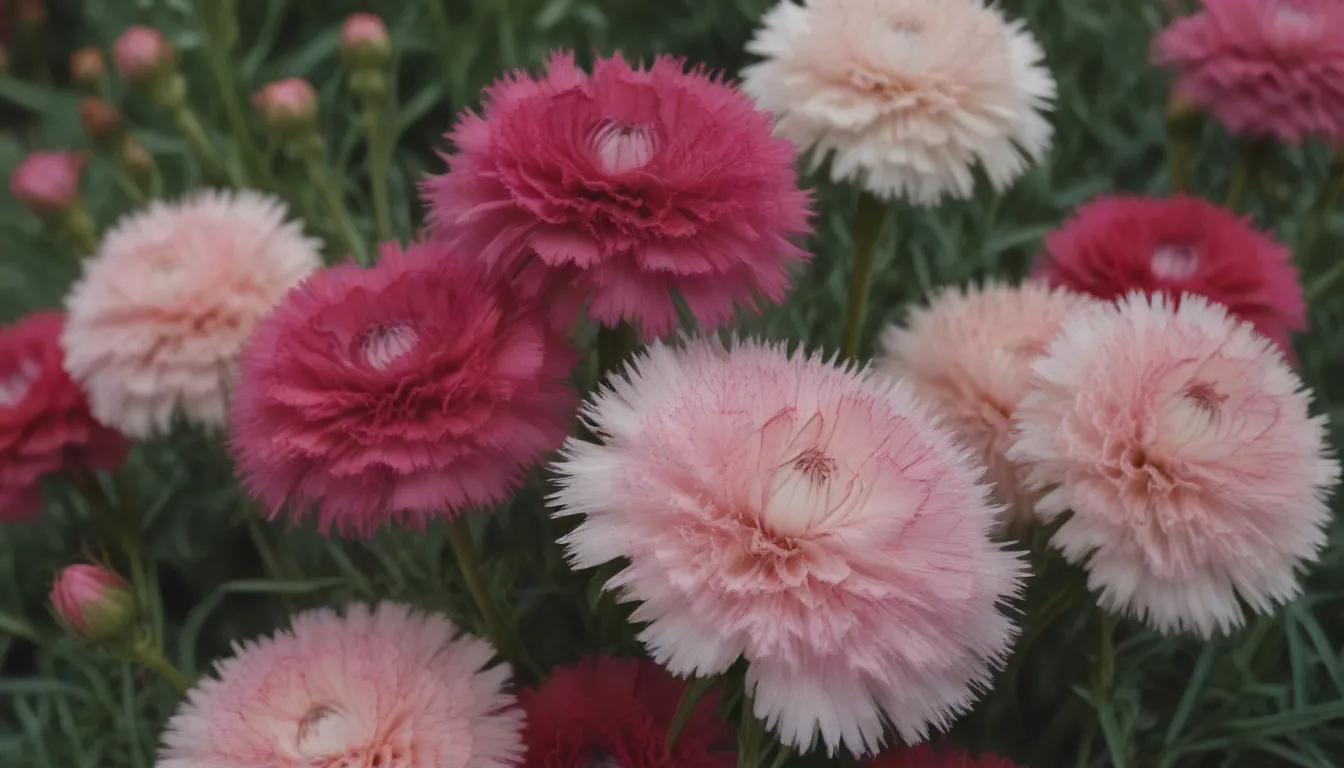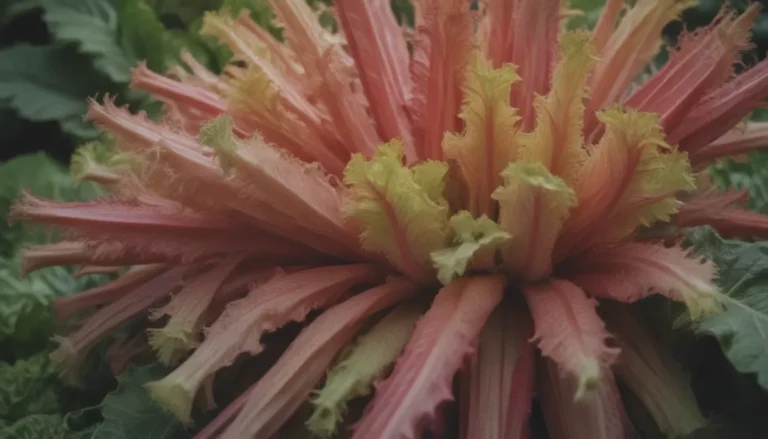The Ultimate Guide to Growing Perennial Dianthus

Are you looking to add a touch of nostalgia to your garden with the charming perennial dianthus flower? With their delicate blooms and lovely fragrance, perennial dianthus plants are a must-have for any garden enthusiast. In this comprehensive guide, we will take you through everything you need to know about growing and caring for perennial dianthus plants.
Understanding Perennial Dianthus
Dianthus plants come in many varieties, including annuals, perennials, and biennials. If you’re specifically seeking the classic heirloom pinks that graced your grandmother’s garden, then perennial dianthus is the way to go. These plants are native to Europe, Asia, and Africa and feature striking bluish-grey foliage that adds visual interest even when the plants are not in bloom. The foliage can be narrow and grass-like, with plants exhibiting a mounded, erect, or trailing habit.
Despite their name, dianthus flowers are not all pink. The nickname “pinks” actually comes from the fringed edges of the flower petals, which can come in a variety of colors. These fast-growing plants are best started in the spring after the threat of frost has passed, with seedlings emerging in as little as eight days and plants reaching full bloom within three months. The heaviest bloom period is typically in late spring, with the possibility of some reblooming into the fall.
It’s important to note that all dianthus plants are toxic to pets, so take precautions if you have furry friends roaming in your garden.
Perennial Dianthus Care Tips
Perennial dianthus flowers are relatively easy to care for and can thrive in various conditions. Here are some key care tips to ensure your dianthus plants flourish:
Light
- Full Sun: Dianthus plants thrive in full sun, so make sure to plant them in a location that receives at least six hours of sunlight daily.
- Avoid High Heat: While they love sun, dianthus plants do not appreciate extreme heat, especially during mid-summer.
Soil
- Well-Draining Soil: To prevent stem rot, make sure the soil drains well. If you have heavy clay soil, consider using containers or raised beds.
- pH Level: Dianthus plants prefer neutral to slightly alkaline soil. Adjust soil acidity with dolomitic limestone if needed.
Water
- Weekly Watering: Water your dianthus plants once a week, providing about 1 inch of water. Avoid water logging the soil.
Temperature and Humidity
- Frost Protection: Dianthus can tolerate light frost but should be protected during deep freezes.
- Avoid Hot Temperatures: High temperatures above 85 degrees Fahrenheit can cause the flowers to go dormant.
Fertilizer
- Light Feeding: Dianthus plants are light feeders and can thrive with minimal fertilizer. Adding compost to the soil once a year is usually sufficient.
Pruning
Proper pruning can help encourage repeat blooming and maintain plant health. Deadhead spent flowers, remove diseased or damaged stems throughout the year, and prune back the plant in the fall to promote regrowth in the following season.
Propagation
Dianthus plants can be propagated from seed or stem cuttings. Follow the appropriate steps to ensure successful propagation and maintain the desired characteristics of the parent plant.
Types of Perennial Dianthus
There are several varieties of perennial dianthus, each with its unique characteristics and color variations. Some common types include:
- D. deltoides ‘Arctic Fire’
- D. gratianopolitanus ‘Firewitch’
- D. ‘First Love’
- D. plumarius ‘Rose de Mai’
Common Pests and Plant Diseases
While dianthus plants are relatively low maintenance, they can still be susceptible to certain pests and diseases. Keep an eye out for issues such as vascular wilt, spider mites, and aphids. Treat infestations promptly with appropriate measures to protect your plants.
How to Encourage Blooming in Perennial Dianthus
Dianthus plants are generally easy to care for and bloom readily, but if you’re having trouble getting your plants to bloom, here are some tips:
– Ensure they receive sufficient sunlight.
– Keep the soil consistently moist.
– Deadhead spent blooms regularly to promote new growth.
With the right care, your dianthus plants will reward you with beautiful blooms throughout the growing season.
In conclusion, perennial dianthus plants are a delightful addition to any garden, offering vibrant colors, lovely fragrances, and easy maintenance. By following the tips and guidelines outlined in this guide, you can ensure your dianthus plants thrive and continue to brighten up your outdoor space for years to come. So, roll up your sleeves, grab your gardening tools, and get ready to enjoy the beauty of perennial dianthus in your own backyard!





